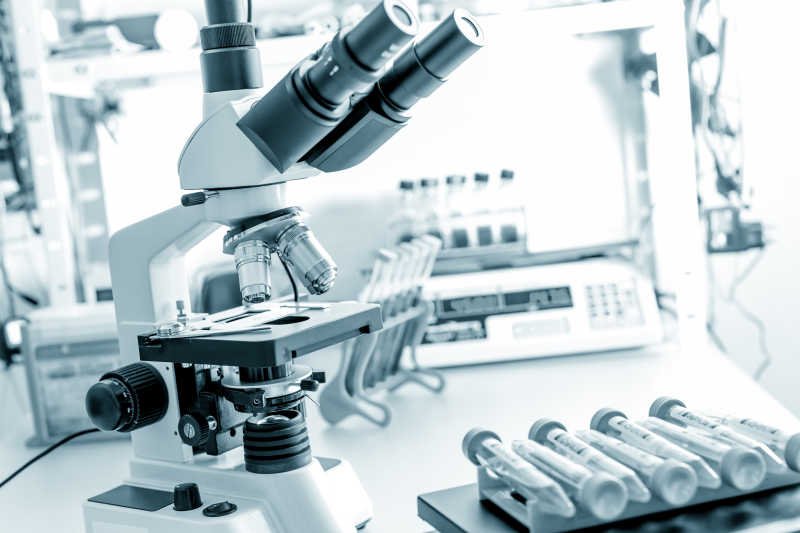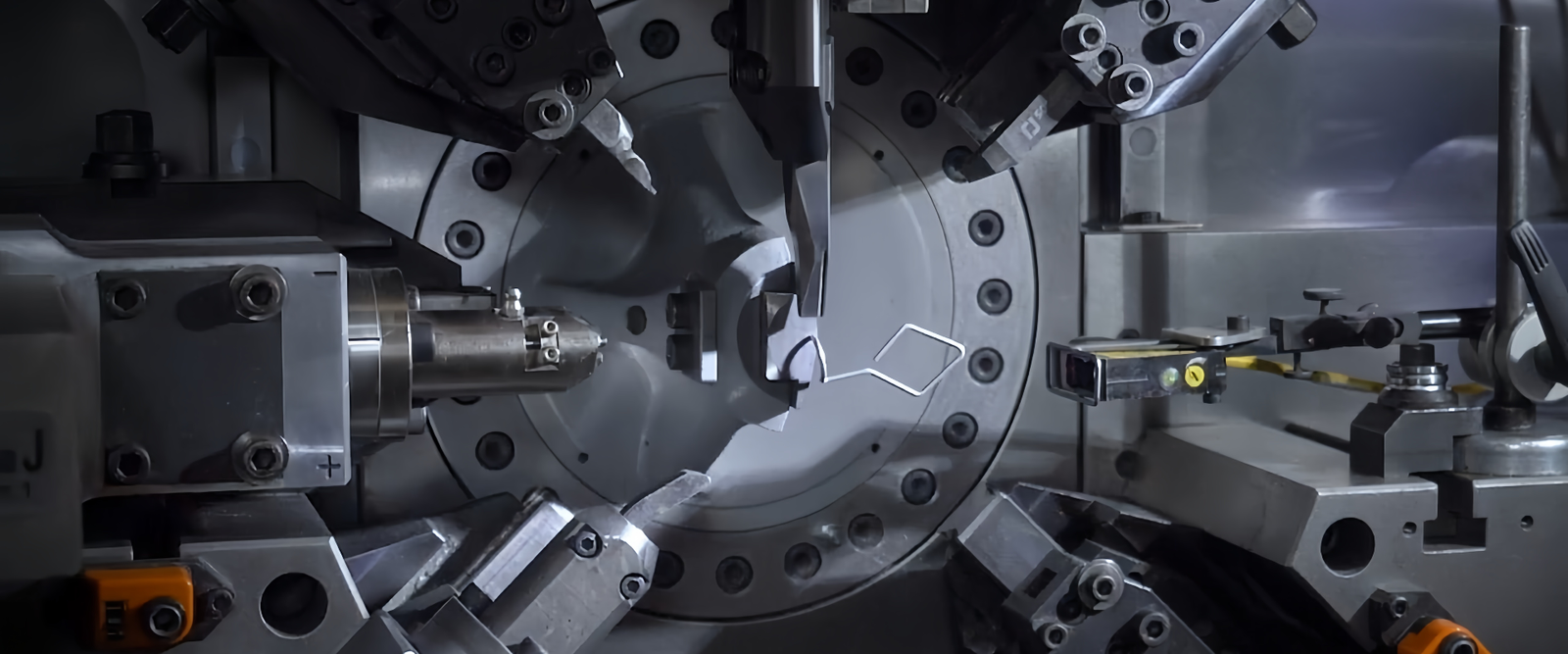As medical automation and intelligence advance at an unprecedented rate, the precision hardware components inside everything from fully automated biochemical analyzers to surgical robots are playing an increasingly critical role. They are the true “heartbeat” behind this revolution. This article explores how they are driving the future of medical automation.
From “Manual” to “Automated”—A Revolution Led by Precision Manufacturing
The core objective of medical automation is to replace traditional manual operations with the precision, speed, and tireless endurance of machines. This enhances efficiency, reduces errors, and frees up clinicians. To achieve this, macroscopic medical commands must be translated into microscopic, repeatable mechanical movements. Precision hardware components are the key actuators that make this translation possible.
The “Orchestrators of Order” in Diagnostic Automation
In modern clinical laboratories, fully automated biochemical analyzers, immunoassay systems, and genetic sequencing pipelines are the main workhorses, processing massive numbers of samples 24/7.
- Precision Fluid Handling: The aspiration, transfer, dilution, and mixing of samples is the first step in any analysis. The pipetting module, composed of precision springs, guide rails, and stamped linkages, controls liquid volumes with microliter accuracy. The springs within provide smooth power and precise resets, ensuring every pipetting action is accurate.
- High-Speed Sample Transport: The high-speed transport and precise positioning of sample racks and reagent cassettes on the conveyor system rely on precision bearings and positioning clips. These clips and flat springs, stamped from wear-resistant materials, must maintain their precision and clamping force even after millions of actuation cycles.
The “Force Multipliers” in Therapeutic Automation
Automation in therapy is not only making surgery more precise but also making rehabilitation more scientific.
- Surgical Robots: Hailed as the pinnacle of surgery, the surgical robot’s arms, with their ability to articulate 360 degrees, contain complex internal gear trains, micro-torsion springs, and force-feedback sensors. The precision spring components not only drive joint movement but also simulate the “feel” of human hands, feeding the resistance felt at the distal instrument back to the surgeon, enabling a seamless human-machine interface.
- Smart Infusion Systems: In the ICU, it’s common for a single patient to receive medications from dozens of infusion pumps simultaneously. Smart pumps use internal constant-force springs or precision lead screws to push the syringe plunger at a constant rate, unaffected by the remaining volume. This is fundamental to implementing complex, multi-channel dosing regimens.
- Rehabilitation Robots: The exoskeletons used to help stroke or post-operative patients regain limb function are equipped with adjustable-resistance torsion springs or pneumatic springs at each joint. These can provide progressive, quantifiable resistance training according to a personalized rehabilitation plan.
The Ultimate Challenge for Precision Manufacturing
Medical automation places unprecedented demands on hardware components:
- Extreme Lifespan and Reliability: Design life often requires millions, or even tens of millions, of cycles with zero functional failures.
- Ultimate Precision and Consistency: Any tiny tolerance deviation can be magnified after thousands of repetitive motions, leading to system errors.
- High Integration and Miniaturization: The need to integrate more functions into increasingly compact device footprints.
Conclusion: We Inject “Vitality” into “Automation”
As a precision hardware manufacturer, we are actively embracing the wave of medical automation by investing in the most advanced automated production and inspection equipment, using ultra-high fatigue life specialty alloy materials, and engaging in deep, early-stage engineering collaboration with our clients. Every precision component we supply is designed to be the strongest, most reliable, and never-failing “heartbeat” inside automated medical equipment.
.png)



